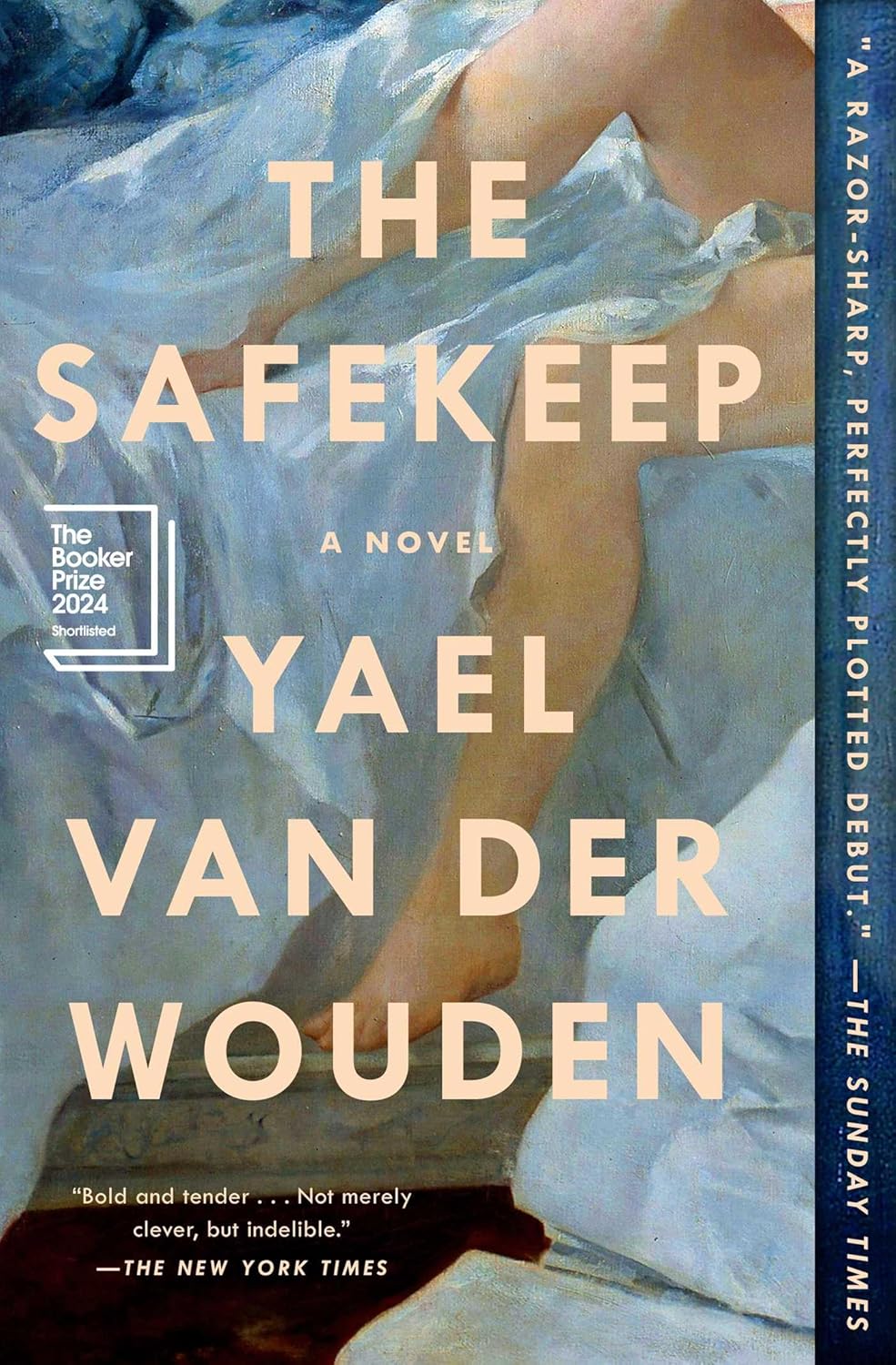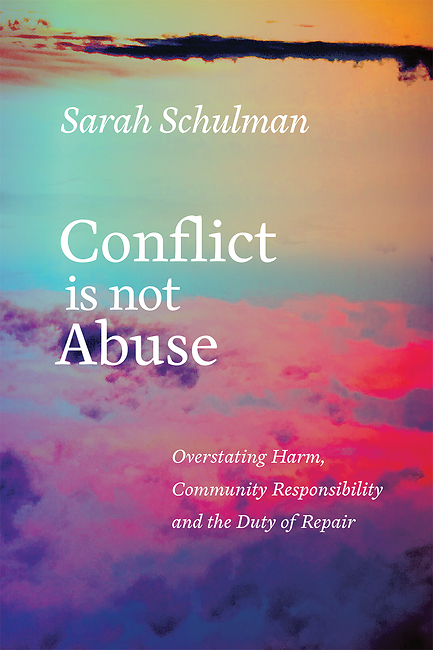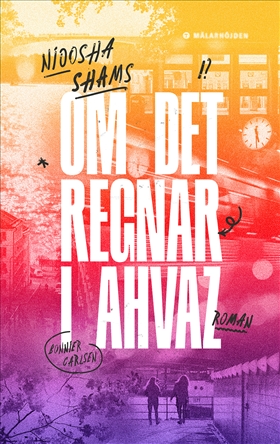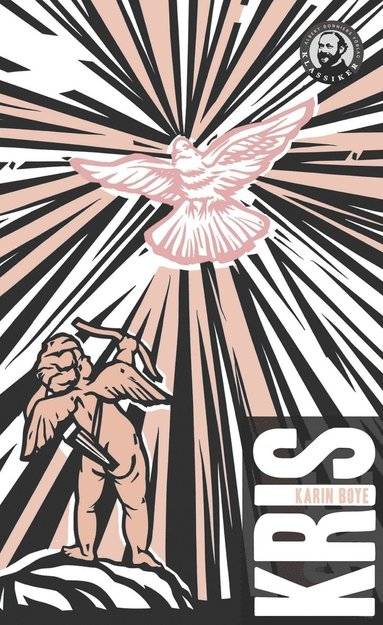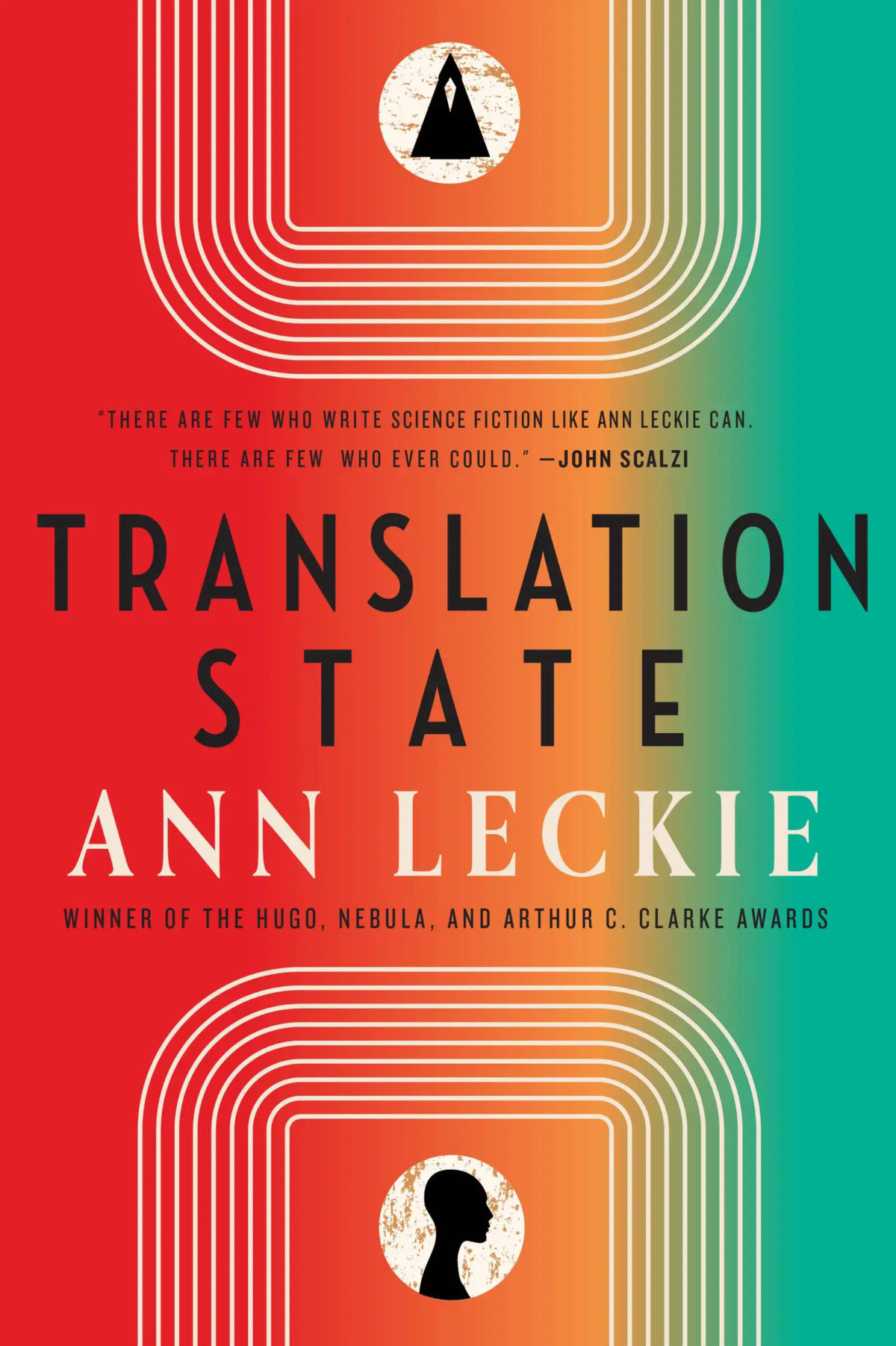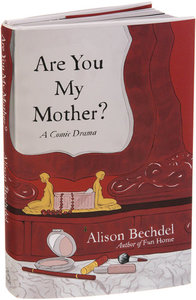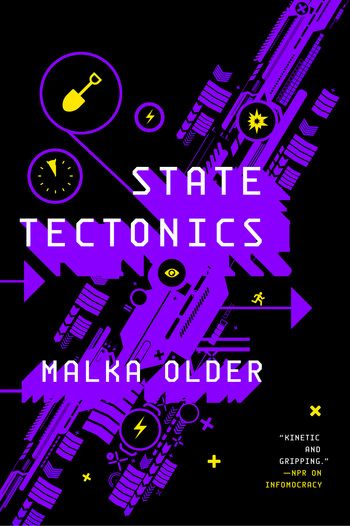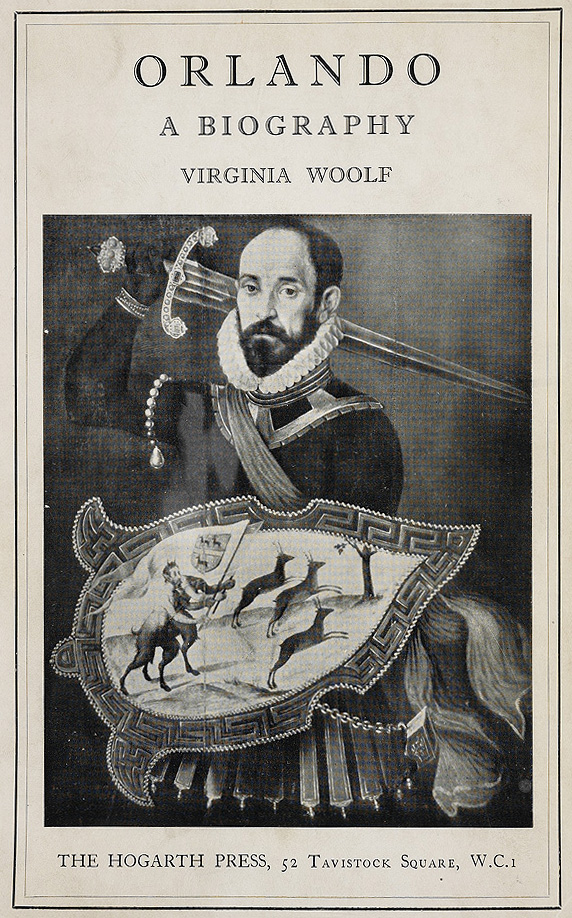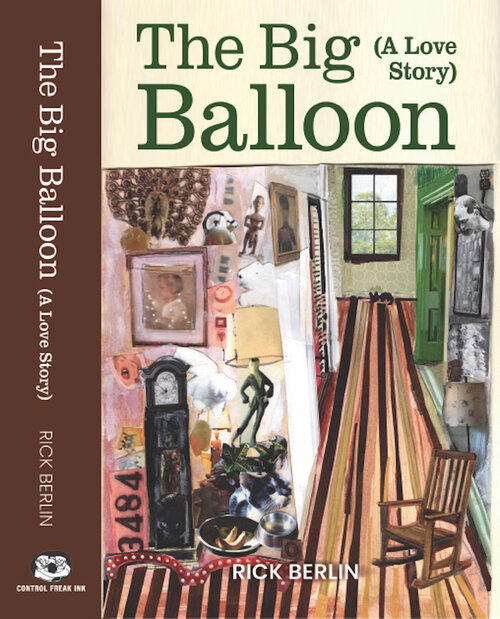While I was browsing Što čitaš? after I dropped off The House of the Dead, my gaze fell on Conflict is Not Abuse: Overstating Harm, Community Responsibility, and the Duty of Repair by Sara Schulman. What a relevant and potentially controversial premise! Praise on the back from Claudia Rankine and bell hooks! The only problem is that it was a bit of a chonker; moreover, the original English edition was easily available at the Stockholm library. Really, it wouldn’t have killed me to wait. But I was impatient and wanted to leave the store with something, so I figured, why not? As it turns out, Schulman’s Gentrification of the Mind was already on my TBR anyway. So it kind of counted, right?
Schulman’s thesis here is a bit complex. Her first argument is that the structure of private relationships, such as those in families or between lovers or friends, is the basis or model for the relationship between citizens and then state. Interpersonal and political conflicts are therefore analogous, or can at least be analyzed in similar terms. The second argument is that we often conflate “being uncomfortable” with “being in danger” (“overstating harm,” in her words) which leads to the claim Schulman makes right in the title of the book: many forms of “being uncomfortable” that are considered “being in danger” (whether by an abuser, the state, or a victim) should instead be thought of as either 1) literally Nothing (as in, one of the parties involved being triggered by something completely innocuous because of their own personal history), 2) Normative Conflict, or 3) Resistance. Overstating harm, Schulman argues, renders us unable to actually address the root of the issue. Her third argument is that the usual responses perpetuate more harm than whatever the inciting incident may have been.
With all of that established, Schulman then goes through four different approaches to conflict resolution that she believes provides a better alternative—historical psychoanalysis, Al-Anon, mindfulness, and pop psychology. A disparate group of frameworks, to be sure, but Schulman argues that all of them provide space for 1) pause and reflection in the moment (rather than immediate reactivity) as well as 2) accountability to a larger community. Throughout the book she illustrates her arguments with various case studies, from domestic violence and sexual assault to HIV disclosure laws in Canada to Israel’s occupation of Gaza, to demonstrate the various levels at which overstating harm and its consequences play out.
At this point, I will note that Schulman is not writing out of any particular academic discipline; her background is as a writer of literature, though also of nonfiction as well. She is up front about this and introduces the book and her argument as ideas she is offering up for consideration rather than a traditional academic examination (though she occasionally cites research and statistics when appropriate and includes a Works Cited section as well as citations by page).
Conflict is Not Abuse ended up being one of those books where the more I thought about it, the more mixed my feelings became. Schulman is very clear about her progressive bona fides right from the start because I think she’s perceptive enough to know that, at least from an unexamined surface level, her arguments are going to sound reactionary, or that she’s going to be excellent ideological cover for conservative talking points. (“Look at how this particular leftist is saying the same things about the left that we are!”) A quick Google leads to a glowing review from Heterodox Academy, for example, a group that I would feel safe saying is not in alignment with Schulman’s own values. It’s impossible to prevent that kind of reading or use of a text, however. The best you can do is what Schulman did: make it clear that you’re arguing from a specific position, in her case a queer leftist position including advocacy for people living with HIV and AIDS.
But there were other things that didn’t land well even when situated in that biographical context, with Schulman telling on herself in different ways. The first section, for example, could have well been titled Someone Had A Fight With Sarah Schulman Over Email Once And She Never Forgot. (The vibe was very similar to Bellwether in that vein: “A brash young person once asked Connie Willis to put out her cigarette in the 90s and she decided to write a whole book about it.”) As she sees it, emails and other forms of textual communication are the bane of all interpersonal conflicts today. Telephone calls and in-person conversations, meanwhile, are pure and holy and have never led to a single misunderstanding. This struck me strange as I was reading it, considering that Schulman foregrounds everything with her career as a writer and novelist—how could a professional and successful writer really believe that the written language is somehow insufficient and lacking in nuance? It only became stranger once I came to the section with her proposal for conflict resolution, the foundation of which is delay and reflection: taking a moment to choose words and reactions carefully. Isn’t that one of the advantages of written communication? That we can take all the time we need to say exactly what we want to say and to be able to revise it accordingly? That it can occur, if necessary, asynchronously? But then you realize: Schulman was 58 when Conflict is Not Abuse came out in 2016. Ah hah, Boomers and their predilection for phone calls.
Schulman also punctuates the book with personal anecdotes, both from her own life and those of people she knows. They soon begin to take on a sort of Goofus and Gallant tone, as Schulman always presents herself as an aspirational model of conflict resolution, whereas it’s always other people who escalate things unnecessarily. I understand not wanting to put your own painful or embarrassing mistakes out there for public consumption in a book for all eternity, but you can at least dial it back from being the Sarah Schulman Show and let other people be shining exemplars of conflict resolution. I think talking about the ongoing genocide in Palestine is important, but reproducing your Facebook posts and comments on it for pages and pages is the book equivalent of telling someone about this weird dream you had at length: it’s an exercise in self-absorption that is only interesting to you.
More seriously than just Schulman telling on herself, however, is a key point her larger argument. She (rightly) argues that people almost always have a reason and a motivation for doing what they do, even when the things they do are horrible. But then she pivots on that and argues that sometimes it’s not the person themselves but an outside observer who has the best insight into that reason. I suspect, but cannot prove, that this thesis seems largely uncontroversial to her because of her stated admiration for psychotherapy and psychotherapists; that she has a sort of paradigm where “good friends” (to use her words) are like gifted therapists who know what their friends’ problems are before their friends realize it themselves. That unexamined argument is where the book (partially) falls apart for me, because that’s the backdoor by which you can smuggle in all kinds of toxic nonsense. “You’re not trans, you’re just a tomboy.” “You’re not gay, you’re just brainwashed.” “I know you want it.” This single belief is the pernicious assertion that undergirds everything else toxic in this book.
To that end, someone should have been a good friend (or a good editor) to Schulman and told her: hey, you’re not coming across as your best self here. I don’t think it’s good or necessary to include these anecdotes. Here, I found some experts in these topics you’re covering, would you like them to review your material and talk to you about it? Schulman picked a sticky wicket to tackle, but in the end I don’t think she was quite equipped for it.

